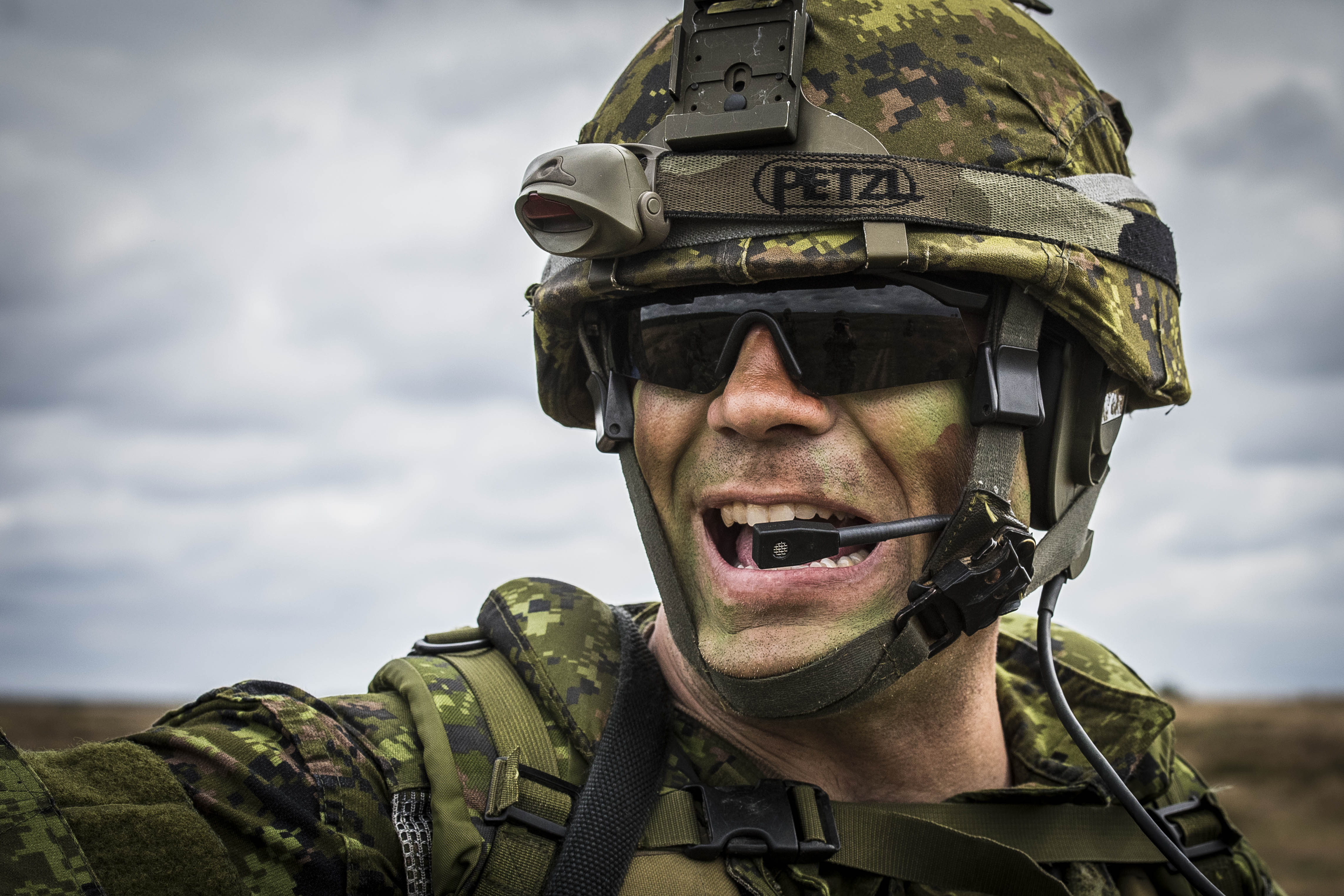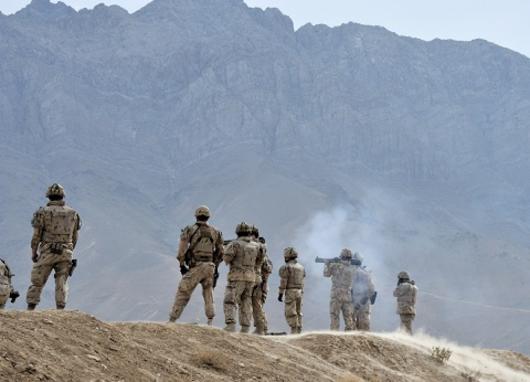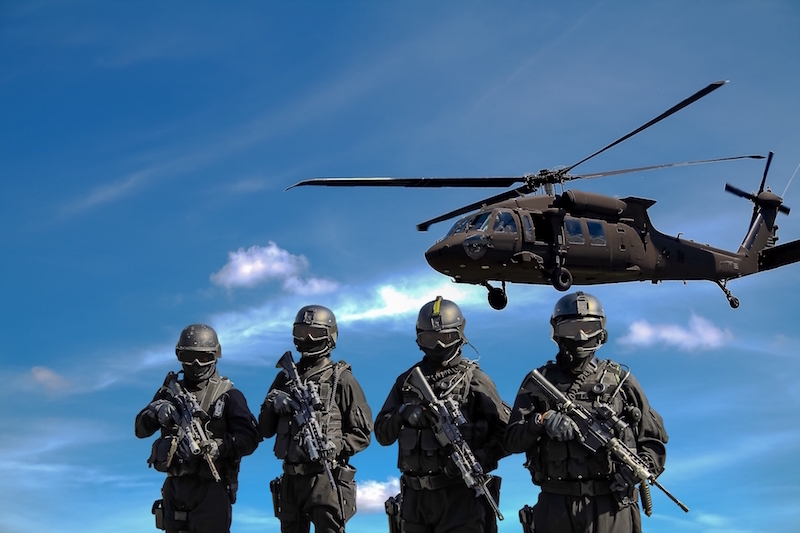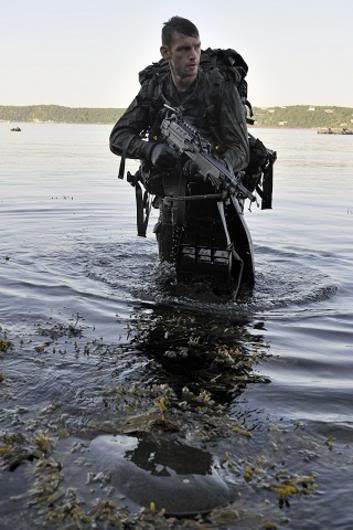NATO has been caught napping by a resurgent and unpredictable Russia, which has begun to boost defence spending in recent years, stated David Shlapak and Michael Johnson of the RAND Corporation. Russia’s recent aggression against Ukraine has disrupted nearly a generation of relative peace and stability between Moscow and its Western neighbours and raised concerns about its larger intentions. From the perspective of the North Atlantic Treaty Organization (NATO), the threat of security to the three Baltic States: Lithuania, Latvia, and Estonia, may be the most problematic.
The United States has continually vowed to defend the interests of the Baltic States in the event of an armed attack; thus, invoking the mutual defence clause under the NATO Alliance. President Barack Obama explicitly stated that “We’ll be here for Estonia, We will be here for Latvia. We will be here for Lithuania. You lost your independence once before. With NATO, you will never lose it again.”
According to a series of war games conducted by RAND, it has been unanimously noted that “NATO cannot successfully defend the territory of its most exposed members,” the Baltic States, from a Russian invasion. In particular, it was argued that in a case of military intervention with NATO in the Baltic States, Russian troops would require no more than 60 hours to defeat the Western Alliance and reach the capitals of Latvia and Estonia.
However, the war games also indicated that there are preemptive steps, which the United States and NATO could implement to avoid a catastrophic defeat and shore up NATO’s eastern defences, while making clear to Moscow that there would indeed be no easy victory.
As NATO defence ministers remain divided over renewing dialogue with Russia, there is a consensus that four battalions are needed on the Eastern European front. Deployment of an effective fighting force “of no more than 4,000 personnel would be the first permanent basing of Alliance troops in the region since the fall of the Iron Curtain.” However, concerns are mounting that a fighting force of 4,000 personnel would be insufficient to mitigate future Russian aggression. RAND Corporation findings indicate “that a force of about seven brigades, including three heavy armored brigades – adequately supported by airpower, land-based fires, and other enablers on the ground and ready to fight at the onset of hostilities – could suffice to prevent the rapid overrun of the Baltic States.”
…if Canada expects NATO to do more on global security, we must decide to do more for NATO.
For this reason, it is argued that “if Western leaders continue to cut defense spending and more U.S. forces are withdrawn from Europe while Russia’s modernization program is advancing, then the comparative strength of Russia’s military vis-à-vis NATO in Europe will inevitably increase.”
Since Russia annexed Crimea and began supporting separatist forces in Eastern Ukraine in June 2014, Canada has committed an inadequate presence of 200 soldiers to take part in Exercise Anakonda in Poland. NATO, however, urges that this ought to change, and quickly. Eastern European allies have made no secret of their desire to see Canada take on a more substantial military effort in the mitigation of Russian aggression and have requested the deployment of 1,000 soldiers to the Eastern front.
Not only is a surge in troops needed, but also an increase in defence spending of each member state to meet the 2% metric set in 2002 at the Prague Summit. This 2% metric is based “on the historical observation that greater defence expenditures produce visible increases in output.” Thus, the ability or inability of NATO member states to meet the 2% is now seen as a key indicator of the quality of the transatlantic partnership, and with that, illustrates the divisions among NATO allies.
A recent NATO report estimates Canada spent just 1% of GDP on defence last year, leaving it in the bottom third of the Alliance. But this lagging performance on the part of Canada is not new, nor surprising. For the past several years, defence spending has lingered around a meager 1%. And it should come, as no surprise, that the Liberal government has detailed such spending could decline to 0.89% of GDP.
Now, more than ever, with the rise of Russian aggression, Canada must decide whether it will become a viable partner within the alliance or a freerider. As declared by the Right Honourable Brian Mulroney, “The simple reality is that, if Canada expects NATO to do more on global security, we must decide to do more for NATO. That should be a top defence priority. What we cannot do is talk about Canada ‘being back’ in the world without making tangible commitments that will anchor our aspirations.”
The 2% metric is only the starting point for ensuring the security of the international order. By meeting the criteria set out by NATO, an attack on the Baltics would presumably instigate a war of profound scale between Russia and a much wealthier, more powerful NATO coalition; a war which Moscow must gravely fear it would likely lose.
With that said, in July 2016, member states of NATO will convene at the summit in Warsaw in which heads of states and governments ought to address the issues of defence and deterrence, along with a substantial dialogue focused on increasing efforts to spread stability beyond the borders of the NATO Alliance.
Photo: Master Warrant Officer Steve Scotto D’Anielo, Land Task Force Sergeant-Major, gives orders while conducting a live fire exercise at Mielno range in the Drawsko-Pomorski training area in Glebokie, Poland, during Operation REASSURANCE (2015), by Sub-Lieutenant Delphine Bonnardot, Land Task Force Public Affairs via Combat Camera. Licensed under CC RP001-2015-0024-007.
Disclaimer: Any views or opinions expressed in articles are solely those of the authors and do not necessarily represent the views of the NATO Association of Canada.




